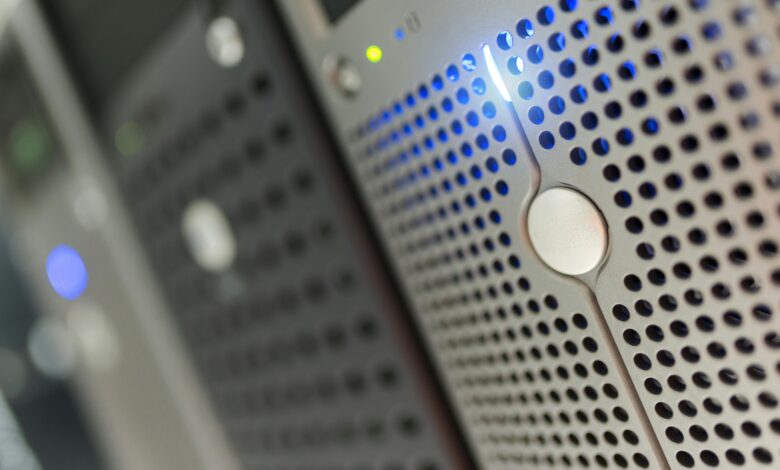How Biometric Technology is Enhancing Security

In an increasingly digital and interconnected world, traditional security measures like passwords, PINs, and physical keys are no longer sufficient to protect sensitive data and assets. Enter biometric technology , a revolutionary advancement that uses unique biological characteristics to verify identity. From unlocking smartphones to securing government facilities, biometric systems are transforming the way we approach security. This article explores how biometric technology works, its applications, benefits, and challenges, as well as its role in enhancing security across various industries.
1. What is Biometric Technology?
Biometric technology refers to the use of physiological or behavioral traits to identify and authenticate individuals. Unlike passwords or ID cards, which can be forgotten, stolen, or duplicated, biometric identifiers are inherently unique to each person. Common biometric modalities include:
- Physiological Traits:
- Fingerprints
- Facial recognition
- Iris or retina scans
- Voice recognition
- Hand geometry
- Behavioral Traits:
- Typing patterns
- Gait analysis
- Signature dynamics
These traits are captured, processed, and stored as digital templates for verification purposes. Biometric systems compare live samples against stored templates to confirm identity.
2. How Biometric Technology Enhances Security
Biometric technology offers several advantages over traditional security methods, making it a powerful tool for enhancing protection.
A. Uniqueness and Immutability
Each individual’s biometric traits are unique and difficult to replicate. For example:
- Fingerprints remain constant throughout a person’s life.
- Iris patterns are highly complex and nearly impossible to forge.
This uniqueness ensures that only authorized individuals can access protected systems or areas.
B. Elimination of Password Vulnerabilities
Passwords are prone to hacking, phishing, and brute-force attacks. Biometric authentication eliminates the need for memorizing or storing passwords, reducing the risk of unauthorized access.
C. Real-Time Verification
Biometric systems provide instant identification, enabling quick and seamless access to secure environments. This is particularly valuable in high-security settings like airports or military bases.
D. Multi-Factor Authentication (MFA)
Biometrics can be combined with other security layers, such as passwords or smart cards, to create robust multi-factor authentication systems. This significantly enhances security by requiring multiple forms of verification.
3. Applications of Biometric Technology
Biometric technology is being deployed across various sectors to improve security and streamline processes.
A. Mobile Devices
Smartphones now commonly use fingerprint scanners and facial recognition to unlock devices and authorize transactions. Apple’s Face ID and Samsung’s fingerprint sensors are prime examples of biometric integration in consumer electronics.
B. Border Control and Airports
Governments worldwide are adopting biometric systems for border control and passenger processing:
- E-Passports: Embedded with biometric data for identity verification.
- Automated Border Gates: Use facial recognition to match travelers with passport photos.
- Pre-Check Programs: Expedite airport security using biometric screening.
C. Financial Services
Banks and financial institutions leverage biometrics to combat fraud and enhance customer experience:
- ATM machines equipped with fingerprint scanners.
- Voice recognition for phone banking.
- Biometric payment systems for contactless transactions.
D. Healthcare
Hospitals use biometric systems to ensure accurate patient identification and prevent medical errors:
- Fingerprint or palm vein scanning for patient records.
- Access control for restricted areas within healthcare facilities.
E. Law Enforcement
Law enforcement agencies rely on biometric databases for criminal investigations:
- AFIS (Automated Fingerprint Identification Systems) for matching fingerprints.
- Facial recognition software for identifying suspects in surveillance footage.
F. Workplace Security
Companies implement biometric systems to manage employee access:
- Time and attendance tracking using fingerprint or facial recognition.
- Secure entry into office buildings or server rooms.
4. Benefits of Biometric Technology
The adoption of biometric technology offers numerous benefits beyond enhanced security:
A. Convenience
Biometric authentication is fast, intuitive, and eliminates the need to remember multiple passwords or carry physical tokens.
B. Accuracy
Modern biometric systems boast high accuracy rates, minimizing false positives and negatives.
C. Cost Efficiency
While initial setup costs may be high, biometric systems reduce long-term expenses associated with lost ID cards, password resets, and security breaches.
D. Non-Transferable
Unlike passwords or access cards, biometric traits cannot be shared, stolen, or easily replicated.
5. Challenges and Concerns
Despite its advantages, biometric technology faces several challenges and ethical concerns:
A. Privacy Issues
Storing biometric data raises questions about privacy and consent. If breached, this information cannot be changed like a password, posing significant risks.
B. Data Security
Biometric databases must be encrypted and protected from cyberattacks to prevent misuse of sensitive information.
C. Bias and Inaccuracy
Some biometric systems exhibit bias based on race, gender, or age, leading to inaccurate identifications. For example, facial recognition algorithms have been criticized for higher error rates among certain demographics.
D. Ethical Concerns
The widespread use of biometrics, especially in public spaces, sparks debates about surveillance and civil liberties. Critics argue that it could lead to a “Big Brother” society where citizens are constantly monitored.
E. High Initial Costs
Implementing biometric systems requires significant investment in hardware, software, and training.
6. The Future of Biometric Technology
As technology advances, biometric systems are becoming more sophisticated and versatile. Emerging trends include:
A. Multi-Modal Biometrics
Combining multiple biometric traits (e.g., face and voice) for even greater accuracy and security.
B. Behavioral Biometrics
Monitoring user behavior, such as typing speed or mouse movements, to detect anomalies and prevent account takeovers.
C. Wearable Biometrics
Integrating biometric sensors into wearable devices like smartwatches for continuous authentication.
D. Blockchain Integration
Using blockchain to securely store and manage biometric data, ensuring transparency and immutability.
E. AI and Machine Learning
Enhancing biometric algorithms with artificial intelligence to improve accuracy and adaptability.



